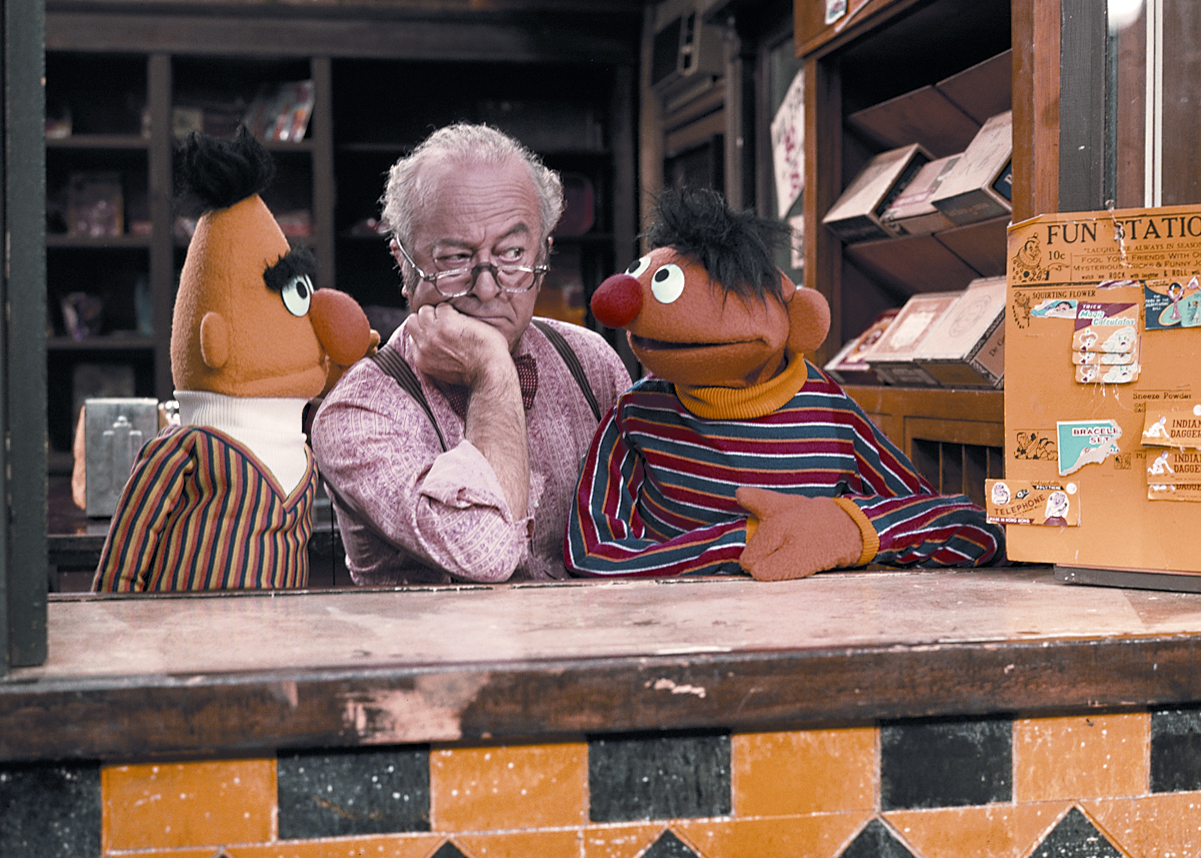WASHINGTON—The FCC today on a 3-2 vote approved several changes to its long-standing children’s TV rules during its July open monthly meeting.
Overall, the changes recognize the dramatic transformation in the availability of children’s video content and offer over-the-air broadcasters new flexibility in meeting their obligations to provide educational programming over the air, said FCC Michael O’Rielly, a proponent for modernization of Kidvid rules.

“This item largely retains the existing regulations in place for the benefit of those who watch Kidvid shows every week,” said O’Rielly.
“This is a modest approach that does nothing to disturb the requirement for broadcasters to air 156 hours per year of Kidvid programs.”
The new rules:
- extend the time frame for core children’s programming by an hour from 7 a.m. to 10 p.m. to 6 a.m. to 10 p.m.;
- require the majority of core programming to be regularly scheduled on a weekly basis and be at least 30 minutes long; however, permit broadcasters to air up to 52 hours per year of educational specials or short-form programs;
- modify safe-harbor processing guidelines used to determine compliance with Kidvid rules;
- permit 52 hours (13 hours quarterly) of a broadcaster’s yearly 156 hours of core programming to be regularly scheduled weekly programming on a multicast OTA channel;
- revise core programming preemption policies; and remove the obligation to display the Educational and Informational Programming symbol throughout core programing for non-commercial stations.
The changes, particularly the flexibility in scheduling children’s programming and opening up a local broadcaster’s multicast channel for Kidvid use, give TV broadcasters “the opportunity to compete with other video providers without drastically altering the foundation of our Kidvid requirements,” said O’Rielly.
However, Commissioner Jessica Rosenworcel disagreed. “Take it from the only mother serving on the Federal Communications Commission. Being a parent is not easy,” she said.
The professional video industry's #1 source for news, trends and product and tech information. Sign up below.
“My kids are my sweetest accomplishment and greatest source of joy, but they are also a reliable source of exhaustion. As every mother knows, every little thing that makes it easy to get through the day with your children healthy and safe is a thing you can get behind and support. That’s why the Children’s Television Act is so important.”
The requirements under the act limit advertising and address the obligation of a station to serve the educational and informational needs of children. To meet this obligation, broadcasters must air three hours a week of Kidvid programming—less than 2% of their broadcast time, she said. “I don’t think that is burdensome. I think it is beneficial,” she said.
Acknowledging the fact that children no longer huddle around the TV on Saturday mornings because of the myriad new options they have for programming, Rosenworcel nonetheless said changes in viewing behavior do not warrant Kidvid rule changes.
“Shame on us for using this as an excuse to cut children’s television and make it harder for parents to find safe content on the screen,” she said.
Noting the digital divide in the country, Rosenworcel said many people cannot access children’s content via broadband internet.
In introducing the item for consideration, a member of the Media Bureau staff noted that Nielsen found in the year 2000 that children ages 2 to 16 watched an average of four hours and 19 minutes of video content—nearly two hours of which was on broadcast TV and two minutes of internet-based content.
By 2017, Nielsen figures reveal viewing time had grown to 4.5 hours per day with 37 minutes on average watched on broadcast TV and two hours and three minutes seen on the internet, the staff member said.
During his comments in support of the changes, Commissioner Brendan Carr pointed to the significant growth in the number of hours of children’s programming broadcasters air, notwithstanding cable, satellite and internet TV options.
“Over-the-air broadcasters alone now provide many more hours of children’s programming than the three hours per week required by FCC rules,” said Carr.
He pointed to Ion and PBS as examples. Both “broadcast children’s programming for free 24 hours a day.”
One objection Commissioner Geoffrey Starks raised related to how the rule changes would affect those with disabilities. Specifically, Starks noted a concern that because FCC rules don’t require closed captions for short-form content and multicast streams, viewers with disabilities could be “significantly harmed.”
“Video description and captioning tools are used by deaf, hard-of-hearing, blind, visually impaired or deaf-blind children, and by parents and family members with disabilities in order to engage in content with their children and further the educational purpose,” said Starks.
In supporting modernization of the rules, FCC Chairman Ajit Pai noted the significant changes that have occurred in the 29 years since the Children’s Television Act was passed.
“Media that did not exist in 1990, most notably the commercial internet and online streaming services, have completely transformed what we know, what we watch, how we watch and when we watch it,” said Pai.
“This explosion in choice of content and distribution has benefited children, who have access to far more educational programming across all of these platforms than was imaginable in 1990.”
The agency also adopted a Further Notice of Proposed Rulemaking seeking comment on a way for broadcasters to set aside part of their children’s programming obligations by sponsoring core programming aired on another channel in their market.
The vote was along party lines with Pai, Carr and O’Reilly voting in the affirmative and commissioners Rosenworcel and Starks voting no.
More information is available on the FCC website.
Phil Kurz is a contributing editor to TV Tech. He has written about TV and video technology for more than 30 years and served as editor of three leading industry magazines. He earned a Bachelor of Journalism and a Master’s Degree in Journalism from the University of Missouri-Columbia School of Journalism.

